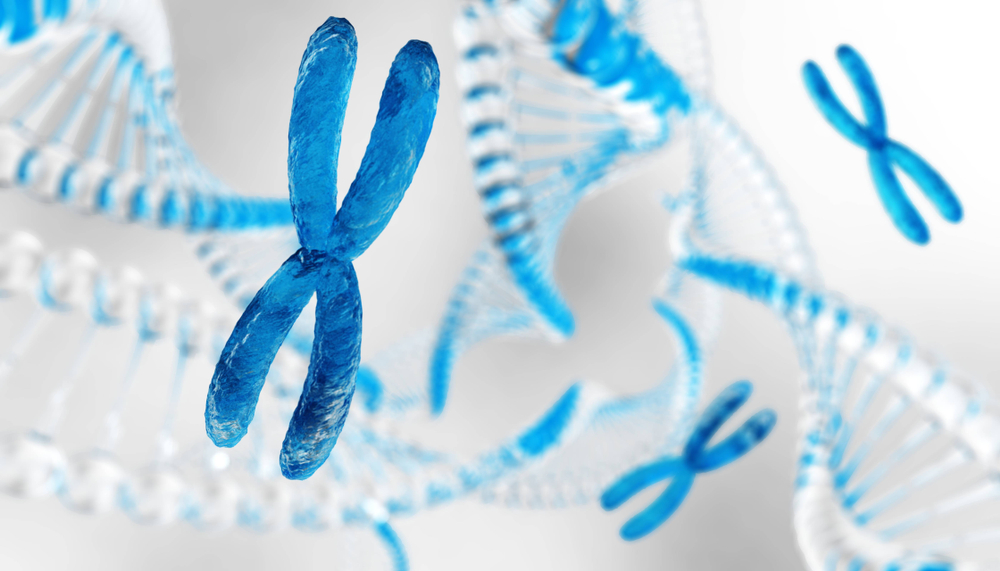Definition
Down syndrome is a chromosomal disorder caused by the presence of all or part of an extra 21st chromosome. It is named after John Langdon Down, the British doctor who described the syndrome in 1866. The disorder was identified as a chromosome 21 trisomy by Jérôme Lejeune in 1959. The condition is characterized by a combination of major and minor differences in structure. Often Down syndrome is associated with some impairment of cognitive ability and physical growth as well as facial appearance. The incidence of Down syndrome is estimated at 1 per 800 to 1,000 births, although these statistics are heavily influenced by the age of the mother.
Characteristics
Individuals with Down syndrome may have some or all of the following physical characteristics: oblique eye fissures with epicanthic skin folds on the inner corner of the eyes, muscle hypotonia ( poor muscle tone), a flat nasal bridge, a single palmar fold, a protruding tongue (due to small oral cavity, and an enlarged tongue near the tonsils ), a short neck, white spots on the iris known as Brushfield spots, excessive joint laxity including atlanto-axial instability, congenital heart defects, excessive space between large toe and second toe, a single flexion furrow of the fifth finger, and a higher number of ulnar loop dermatoglyphs. In addition, individuals with Down syndrome can have serious abnormalities affecting any body system. They also may have a broad head and a very round face.
Common associated problems
- Hearing impairment: The incidence of hearing impairment in Down syndrome patients ranges from 0.5/1,000 to 1/1,000. Other genetic defects including Waardenburg syndrome, chromosome abnormalities including cri du chat syndrome can also have hearing impairment. Hearing problems will result in difficulty in learning. Early intervention could reduce the negative impact resulted from hearing impairment.
- 30 - 50 % of Down syndrome patients comorbid with cardiac, renal and duodenal defects
- The incidence of leukemia is approximately 1 in 95, or close to 1%. Thyroid disorders are common, including athyreosis, simple goiter, and hyperthyroidism.
- Approximately half of the children with Down syndrome have congenital heart disease and are associated with early onset of pulmonary hypertension, or high blood pressure in the lungs
- Immunologic dysfunction including both T-cell and B-cell derangement, has the frequent occurrence of hepatitis B surface antigen carrier state.
- Hypotonia and vertebra abnormalities: About 10 - 20 percentage of patients have 1st and 2nd cervical spine instability .Most individuals with Down syndrome have mental retardation in the mild ( IQ 50 – 70 ) to moderate ( IQ 35 – 50 ) range, with individuals having Mosaic Down syndrome typically 10 – 30 points higher. Social performance is usually beyond that expected for mental age.
- Sleep-related upper airway obstruction occurs in approximately one third of cases.
Early Intervention
The term "early intervention" refers to an array of specialized programs and related resources that are made available by health care professionals to the child with Down syndrome. These health care professionals may include special educators, speech therapists, occupational therapists, and social workers. It is recommended that stimulation and encouragement be provided to children with Down syndrome.


